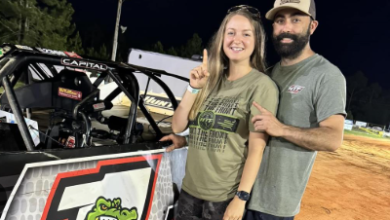Baby:-Hqun3lxteq= Deer

The life of a Baby:-Hqun3lxteq= Deer, or fawn, is a delicate balance of vulnerability and instinctive learning, shaped significantly by maternal influence. From the moment they are born, these young animals exhibit unique physical traits, such as their characteristic spots, which serve as camouflage in their natural environments. As they mature, the complexities of their behavior and social structures emerge, revealing fascinating dynamics essential for survival. However, as enchanting as their early existence may seem, various threats loom on the horizon, raising critical questions about their conservation. What implications do these challenges have for the future of these remarkable creatures?
Life Cycle of Baby:-Hqun3lxteq= Deer
The life cycle of Baby:-Hqun3lxteq= Deer, also known as fawns, can be delineated into distinct stages that reflect their developmental milestones and ecological adaptations.
Initially, fawns exhibit feeding habits that include a diet primarily composed of their mother’s milk, transitioning to vegetation as they mature.
Read More Baby:105ueu_Oipq= Axolotl Pet
Their habitat preferences typically include dense forests and grasslands, facilitating both shelter and abundant food sources essential for growth.
Unique Physical Features
Fawns possess a range of unique physical features that not only enhance their aesthetic appeal but also serve vital functions in their survival and adaptation.
Their distinctive coat patterns, marked by white spots, provide effective camouflage in natural environments.
Additionally, as males mature, their antler development showcases evolutionary advantages for mating, underscoring the interplay between physical traits and ecological demands in their growth.
Behavior and Socialization
Beyond their striking physical characteristics, the behavior and socialization of baby deer play a pivotal role in their development and survival.

Their social structure is often matriarchal, with fawns learning critical survival skills from their mothers.
Communication methods include subtle vocalizations and body language, facilitating bonding and coordination within the group, enabling them to thrive in the wild while navigating complex social interactions.
Threats and Conservation Efforts
In the face of increasing environmental pressures, Baby:-Hqun3lxteq= Deer encounter a myriad of threats that jeopardize their survival and long-term viability.
Habitat destruction, primarily driven by urban expansion and agriculture, diminishes their natural environments. Additionally, poaching impacts populations, while climate change alters food availability and migratory patterns.
Read More Diamond Earrings: Gifts That Shine Bright
Effective conservation strategies must address these issues, fostering sustainable habitats and implementing protective measures against illegal hunting.
Conclusion
In the tapestry of nature, the Baby:-Hqun3lxteq= Deer of the fawn embodies both vulnerability and resilience. As these young deer navigate their formative stages, their unique adaptations and learned behaviors echo the timeless dance of survival seen across the animal kingdom. However, the shadow of threats looms large, underscoring the urgent need for conservation efforts. Protecting these captivating creatures not only preserves biodiversity but also safeguards the delicate balance of ecosystems, akin to maintaining the harmony of a well-composed symphony.



